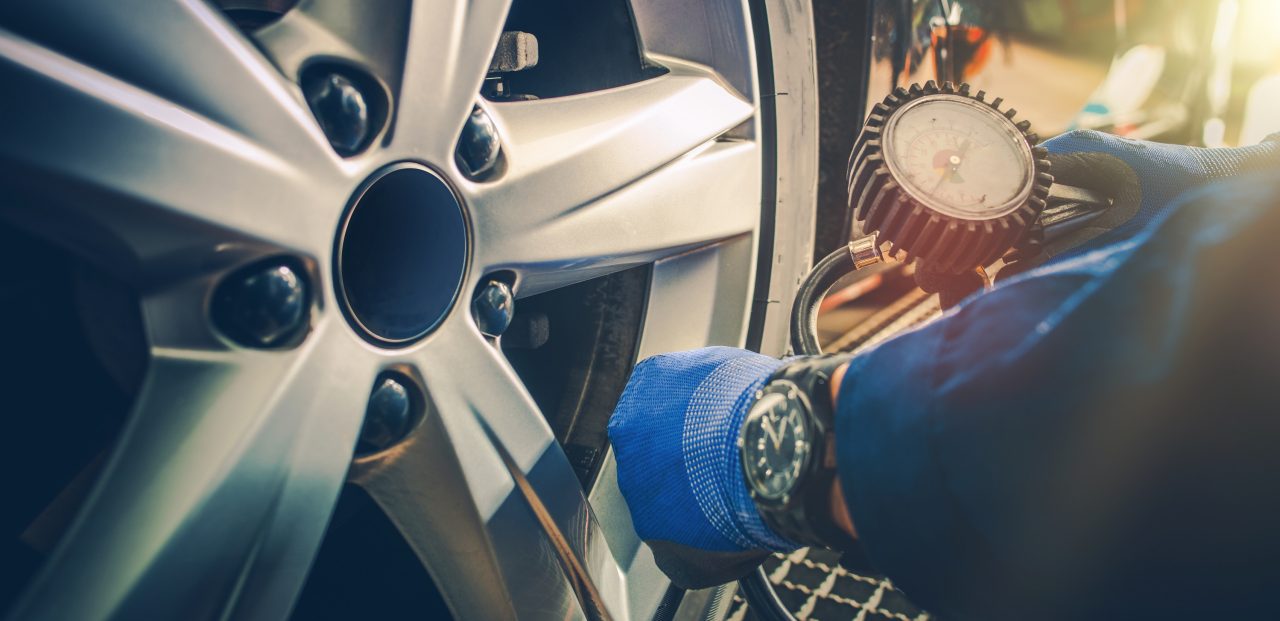
The condition of the tyres on a car is vital as they keep the vehicle in contact with the road. Your tyres should have adequate treads and be inflated appropriately while driving. Car wreckers near me in Australia offers the following information on checking your tyres’ air pressure.
Firstly, your car tyre pressure should be checked weekly, preferably when your car has been sitting or when you fuel up at the tank. To prevent your tyres, you will need a tyre gauge or be at an air pump with a pressure reader on the pump.
The air pressure level of your tyres is fundamental, and while some experts claim that it should be checked once a month, checking the pressure of your tyres with every fill-up or once a week is wise. Tyres should be checked when they are cold for a more accurate reading. Some situations require the pressure to be checked immediately, including:
When adding air to your tyres, you want to make sure that you pull the car close enough to the air compressor so that the air hose reaches all the tyres of the vehicle. You mustn’t just “add” air, thinking your tyres look underinflated. The tyres’ air pressure must be that of the manufacturer’s recommendations. Underinflated or overinflated tyres are a hazard to drivers and others on the road.
As with any car, read your owner’s manual as it has pertinent information for the vehicle, including service interval schedules, recommended air pressure levels, and troubleshooting for possible issues. It is vital that you are familiar with your car and how to care for the vehicle. Car owners who like to sell their cars can visit for Car removals service. We provide quotes for all types of vehicles for every make and condition. Contact us over the phone or online.